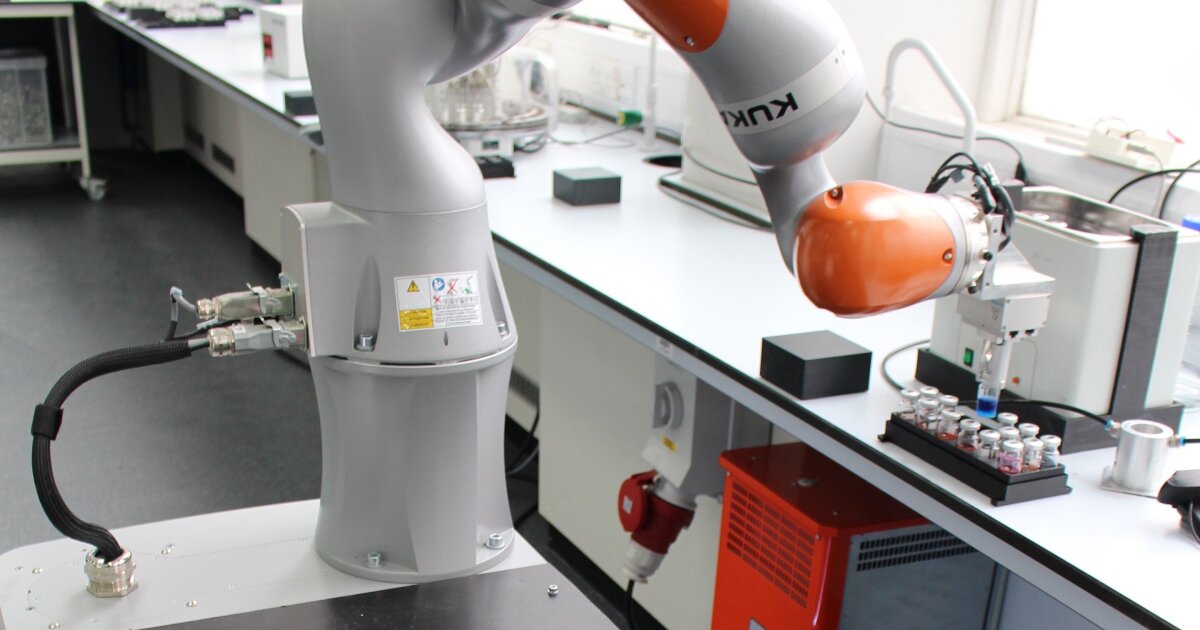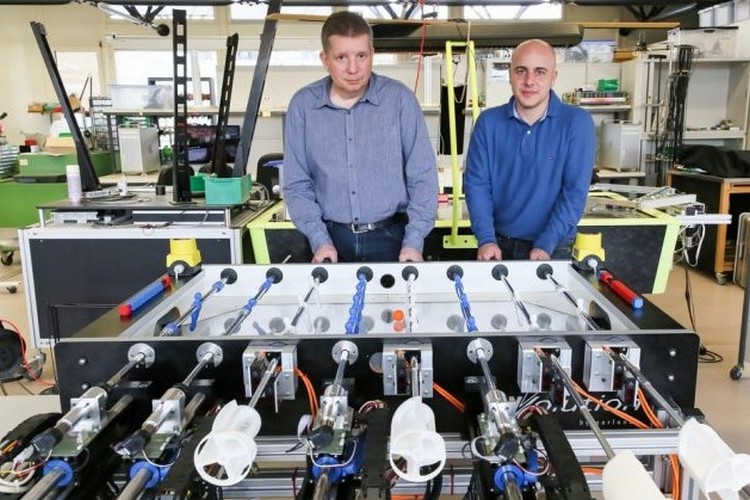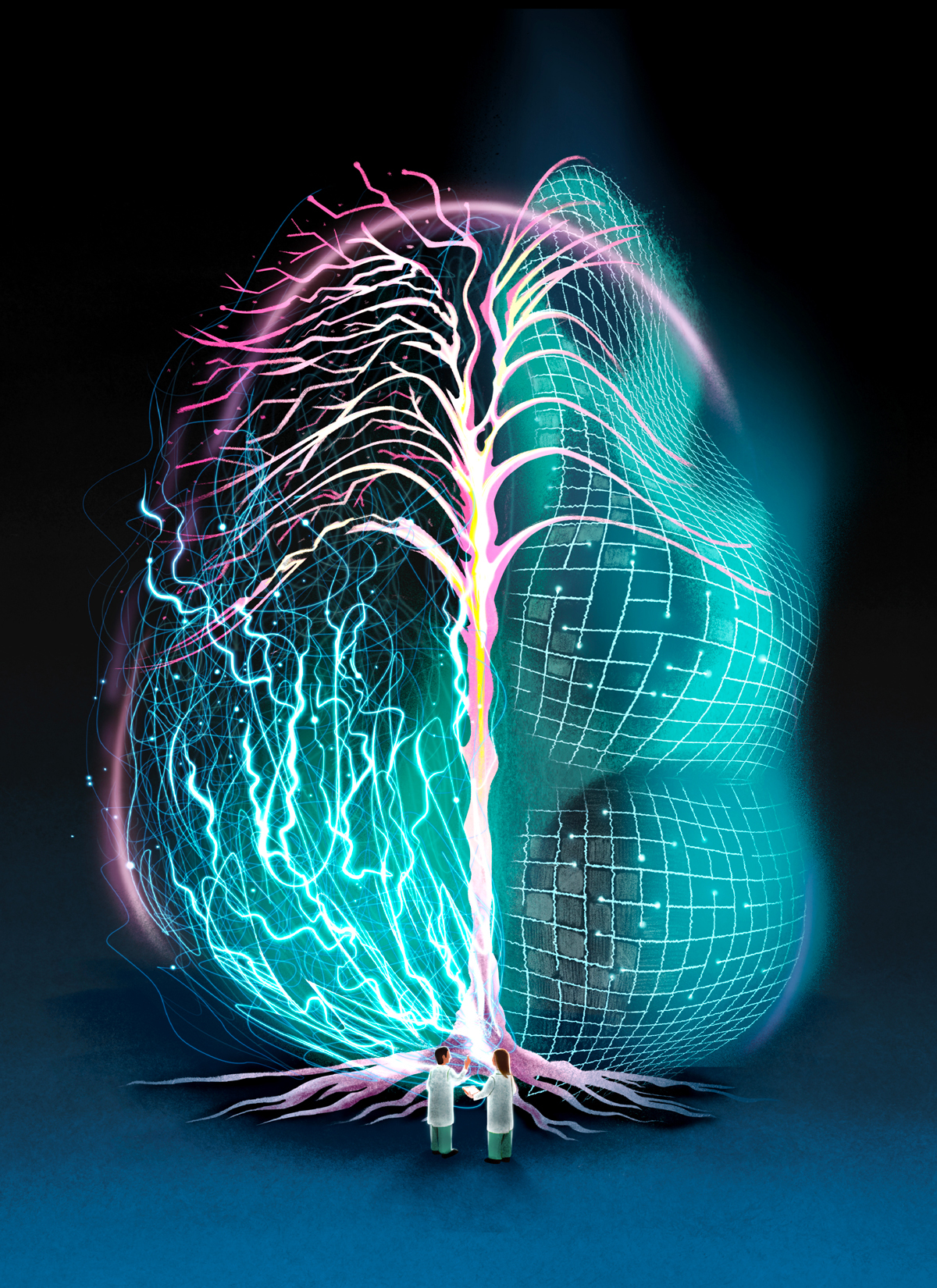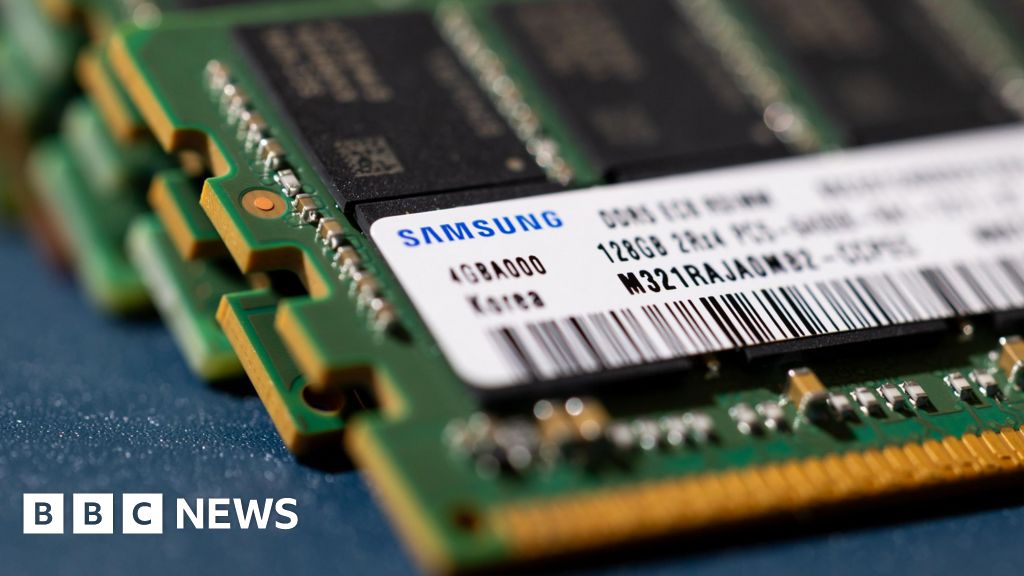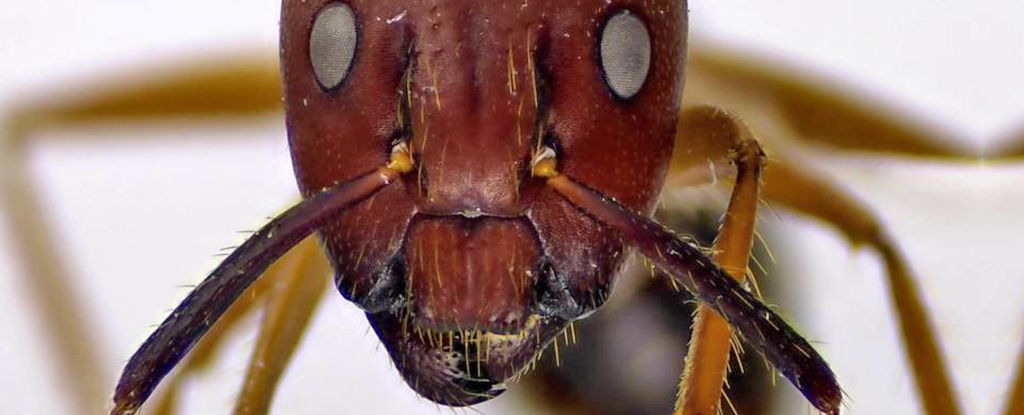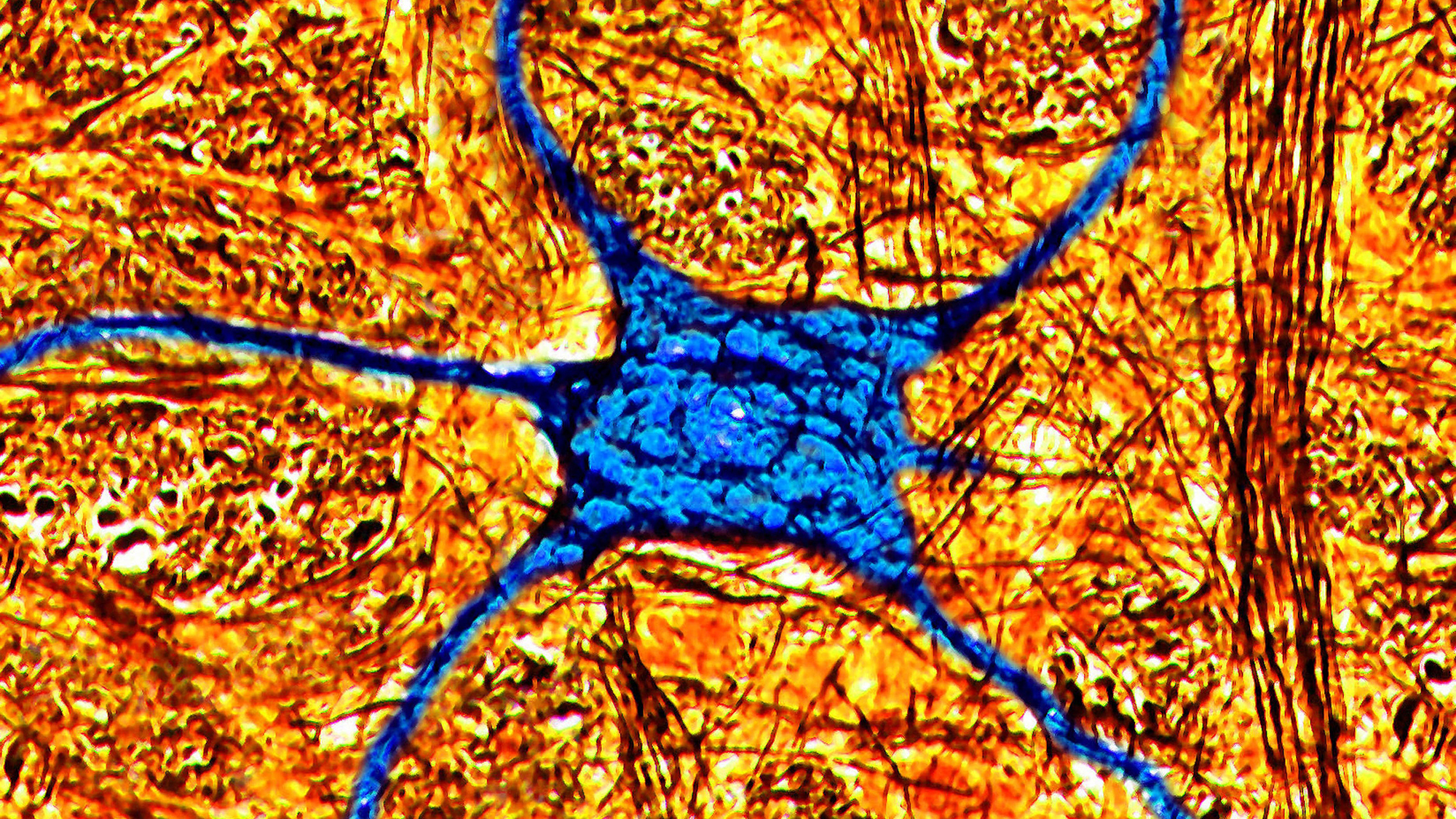
Lab-grown human brain tissue used to control robot
Scientists merged human brain-like tissue with a computer chip in order to help teach small robotic systems how to navigate obstacles, as well as how to track and grasp items. The steps to make your own “brain-on-chip” are even available open-source online—if you know how to cultivate three-dimensional stem cell organoids and are versed in attaching them to electrode chips.
Researchers first grew brain organoids from human pluripotent stem cells over a decade ago, but for many years cultivation was limited to two-dimensional samples that limited their functionality. More recent developments in growing three-dimensional organoids, however, are expanding the potential computing power of harnessing the bioengineered tissue’s neural activity with computer chips.
The latest organoid intelligence (OI) advancements come from a team of collaborators from Tianjin University’s Haihe Laboratory of Brain-Computer Interaction and Human-Computer Integration and the Southern University of Science and Technology. According to researchers, their “open-source brain-on-chip intelligent complex information interaction system,” or MetaBOC, is the first of its kind, and could pave the way for more complex human brain-computer interfaces (BCIs) and even one day repair neurological damage.
